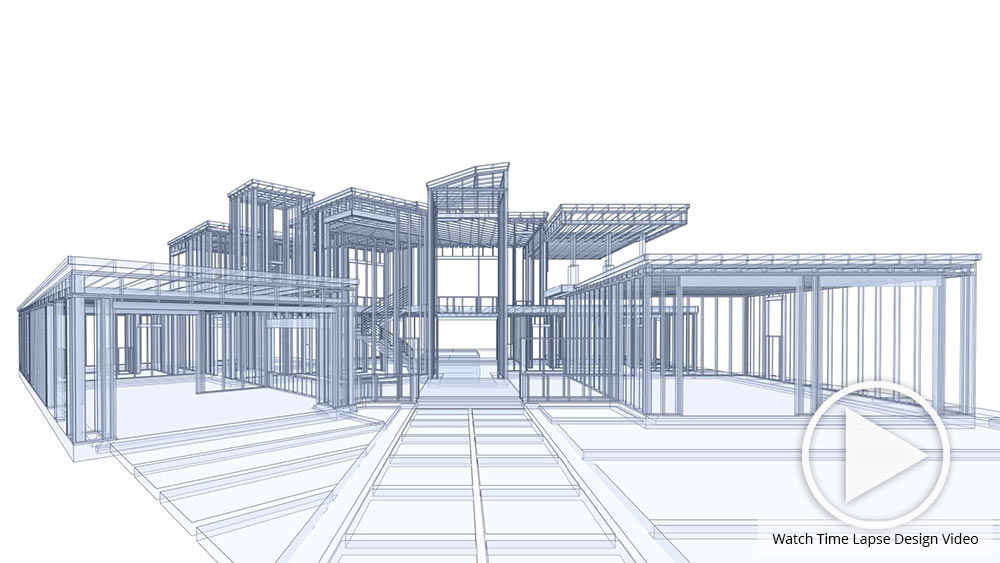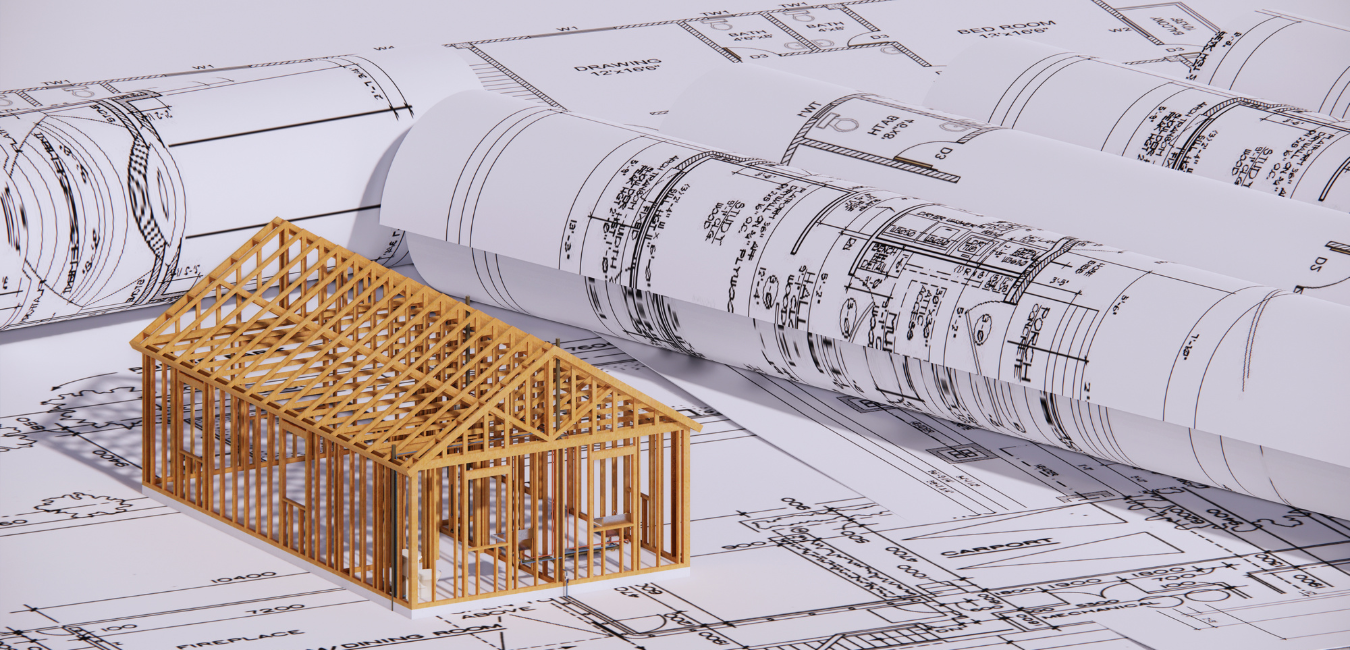Just How CDA Architects Include Eco-Friendly Practices in Architectural Projects
Just How CDA Architects Include Eco-Friendly Practices in Architectural Projects
Blog Article
The Essential Duty of a Designer in Forming Lasting Urban Atmospheres for Future Generations
The duty of a designer in crafting sustainable city environments is significantly crucial in responding to the obstacles of climate adjustment and urbanization. By perfectly incorporating eco-friendly principles into their designs, engineers not only boost the aesthetic and useful quality of urban areas but also address pressing issues such as energy efficiency and social equity.
Comprehending Lasting Urban Layout
Sustainable metropolitan layout incorporates eco-friendly concepts with city preparation to create environments that are not only comfortable but also resistant. This strategy emphasizes the value of including natural systems into the city fabric, making sure that growth fulfills the needs of today without jeopardizing the capability of future generations to meet their own demands. Key aspects of sustainable metropolitan layout include efficient land use, the promotion of biodiversity, and the combination of eco-friendly spaces, all of which contribute to improved lifestyle for residents.
Additionally, sustainable city design prioritizes the decrease of the city heat island impact, enhanced air high quality, and efficient stormwater administration. It urges using renewable energies and energy-efficient structure methods, which substantially lower carbon footprints. Moreover, lasting metropolitan style promotes social equity by creating accessible public spaces and advertising mixed-use growths that accommodate diverse populaces.
Through thoughtful planning and cutting-edge style methods, sustainable urban settings can enhance neighborhood durability against environment modification while cultivating economic growth. This alternative approach not just addresses instant metropolitan challenges yet likewise lays the groundwork for much healthier, extra lasting cities for generations to find.
Key Duties of Designers
Architects play a critical role fit sustainable urban atmospheres by equating design concepts right into substantial frameworks and areas. Their responsibilities include a vast array of activities that add to the overall success of city design jobs.
Most importantly, engineers carry out extensive website analyses to recognize the environmental, social, and social context of their jobs. This fundamental knowledge educates their design decisions, making sure that buildings integrate with their surroundings. They likewise participate in collaborative procedures with stakeholders, including city organizers, designers, and the neighborhood, cultivating an inclusive strategy to metropolitan advancement.
In addition, architects are charged with producing designs that maximize power efficiency, resource conservation, and performance. They need to adhere to neighborhood zoning laws, developing codes, and sustainability certifications, guaranteeing conformity while pressing the borders of innovation.

Innovative Products and Techniques
In the quest of ecologically responsible layout, innovative products and techniques have arised as essential aspects in the production of sustainable urban environments. Engineers are significantly using materials that lessen ecological impact while enhancing power effectiveness. For instance, recycled products, such as reclaimed timber and repurposed steels, not only decrease waste however additionally add unique visual high qualities to structures.
Furthermore, innovations in technology have actually resulted in the advancement of high-performance products, such as shielded concrete forms (ICFs) and solar glass, which add this hyperlink to energy conservation and harness sustainable power. Strategies such as easy solar design and eco-friendly roofing systems additionally exhibit just how style can harmonize with natural systems, minimizing reliance on artificial heating & cooling.
Additionally, the assimilation of smart materials, which adapt to environmental modifications, uses encouraging methods for boosting building performance - cda architects. These materials can reply to temperature variations or moisture levels, optimizing convenience and sustainability
Eventually, the critical option and application of cutting-edge products and strategies equip designers to produce metropolitan spaces that are not just useful and cosmetically pleasing however likewise resilient and ecologically responsible, making certain a lasting future for generations to find.
Neighborhood Engagement and Collaboration
The success of cutting-edge products and strategies in sustainable city design is substantially improved by active area engagement and collaboration. Engineers need to acknowledge that the built setting greatly influences the lives of regional residents, making it vital to involve them in the style process. Involving the neighborhood fosters a feeling of ownership and liability, making sure that advancements not only fulfill aesthetic and useful requirements yet likewise show the worths and ambitions of those who populate them.

Effective area involvement additionally assists in prioritizing social equity within city growth. By taking into consideration the voices of marginalized populaces, architects can create rooms that are comprehensive and fair. By doing this, community involvement and partnership come to be essential to accomplishing really sustainable urban settings that serve the needs of present and future generations.
Future Trends in Lasting Architecture

Additionally, innovations in modern technology are shaping future fads in sustainable architecture. The combination of smart products and view structure systems permits real-time energy administration, boosting efficiency and minimizing carbon impacts. Advancements such as green roof coverings, living wall surfaces, and energy-generating facades are ending up being common practices, better advertising eco-friendly equilibrium within city environments.
Moreover, a change in the direction of biophilic style is gaining traction, stressing the link in between nature and human wellness. By integrating natural environments, designers develop areas that cultivate mental wellness while advertising biodiversity.
Conclusion
Finally, designers are essential beforehand sustainable metropolitan environments with their competence in style, ingenious products, and neighborhood involvement. By prioritizing power performance and source preservation, these experts add to the production of resistant metropolitan areas that meet the requirements of existing and future generations - cda architects. The assimilation of eco-friendly principles not just improves livability yet also promotes social equity, guaranteeing advancements reverberate with the values and aspirations of the neighborhoods they offer
Report this page